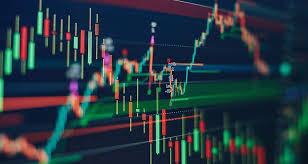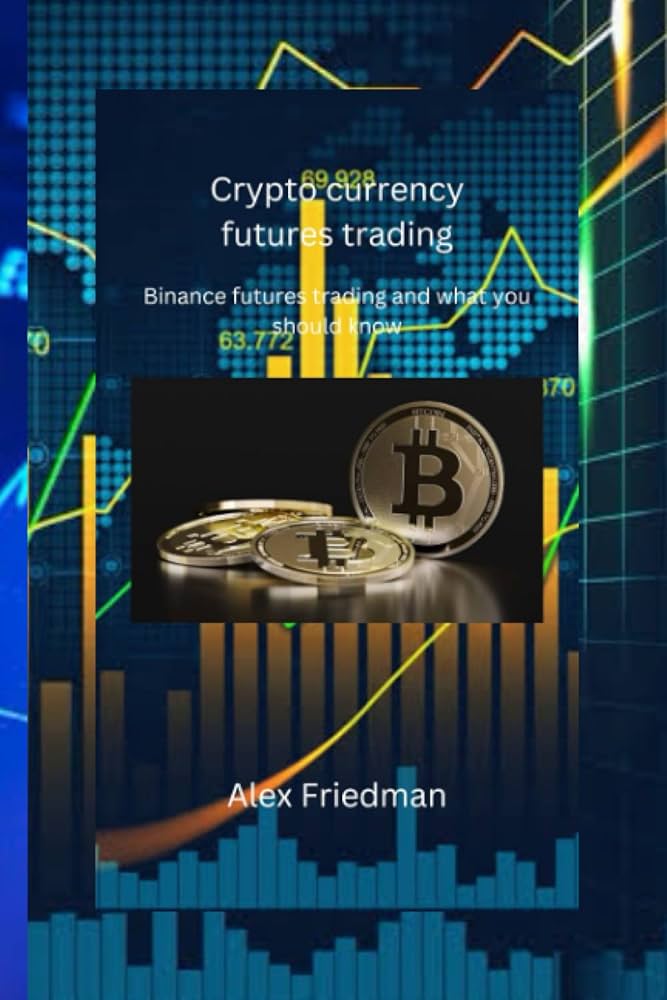Spot Trading vs Futures Trading Understanding Key Differences

Spot Trading vs Futures Trading: Key Differences
In the world of trading, two popular methods dominate the landscapes, namely spot trading and futures trading. Both these trading styles have their own unique traits, advantages, and challenges. In this article, we will delve deeper into spot trading vs futures trading, highlighting their key differences, benefits, and potential drawbacks. For more insights into trading platforms, you can spot trading vs futures trading crypto visit website.
Understanding Spot Trading
Spot trading refers to the purchase or sale of a financial instrument, such as currencies, stocks, or commodities, for immediate delivery and settlement. In simplest terms, when you engage in spot trading, you pay for the asset right away and receive it right away. This immediate delivery typically occurs “on the spot,” hence the name.
Key characteristics of spot trading include:
- Immediate Settlement: Transactions are settled instantly or almost immediately.
- Market Price: The price at which the asset is bought or sold is referred to as the “spot price,” which reflects the current market price.
- No Leverage: Trades generally do not involve leverage, meaning you must pay the full amount upfront.
Spot trading is often favored by investors looking for straightforward transactions without the complexities tied to contracts and future pricing. It is prevalent in Forex trading, strength in day trading, and in the trading of commodities and stocks.
Understanding Futures Trading
Futures trading involves buying or selling a financial instrument at a predetermined price for delivery at a later date. These are standardized contracts traded on exchanges, which outline the terms of the transaction, including the price and the delivery date. Investors can speculate on price movements of the underlying asset or hedge against potential price changes.
Key characteristics of futures trading are:
- Contractual Obligation: Parties involved are obligated to transact at the agreed price on the expiration date.
- Leverage: Futures trading typically employs leverage, allowing traders to control a large position with a relatively small amount of capital.
- Hedging and Speculation: Investors can use futures contracts not only for speculation but also for hedging against risks in other investments.
This form of trading is popular in commodities (like oil or gold), financial indices, and even cryptocurrencies. It appeals to seasoned investors seeking to maximize their capital using market volatility.
Key Differences: Spot Trading vs Futures Trading
While both trading methods aim to profit from price movements, their fundamental differences can dramatically impact a trader’s strategy and outcomes. Here are key contrasts:
| Aspect | Spot Trading | Futures Trading |
|---|---|---|
| Delivery | Immediate (on the spot) | Set for a future date |
| Contract Type | No contracts (direct purchase) | Standardized contracts |
| Settlement | Cash or physical settlement | Obligation to buy/sell at expiration |
| Leverage | No leverage; full payment required | Contract leverage often available |
| Trade Complexity | Simpler trades with fixed assets | More complex strategy with derivatives |
Advantages and Disadvantages
Advantages of Spot Trading
- Simple and easy-to-understand trading process.
- No risk of contract expiration or obligation.
- Adequate for short-term traders and beginners.
Disadvantages of Spot Trading
- No leverage, limiting potential gains.
- Immediate payment and deliverance can take away flexibility.
Advantages of Futures Trading
- Leverage enables larger positions and higher potential returns.
- Ability to hedge existing investments against price changes.
- Access to various asset classes, including commodities and indexes.
Disadvantages of Futures Trading
- Complex and requires in-depth market knowledge.
- Potential for heightened losses due to leverage.
- Contract expirations and obligations risk can lead to unwanted financial commitments.
Pricing Mechanisms
In spot trading, prices are determined by supply and demand factors at the moment of trade execution. Traders buy and sell based on current market conditions. Conversely, futures prices are often influenced by speculations about future demand, supply levels, geopolitical events, and various other factors. These elements create a pricing model that can differ significantly from current spot prices, particularly as the contract expiration approaches.
Choosing the Best Option for You
The choice between spot trading and futures trading ultimately depends on your trading style, financial goals, and level of experience. Spot trading can be ideal for beginners who are not yet comfortable with the complexities of futures contracts. On the other hand, futures trading may appeal to more advanced traders seeking greater returns and flexibility in their investment strategies.
Conclusion
In summary, spot trading vs futures trading presents distinct experiences and challenges for traders. Each method carries its own set of benefits and drawbacks, which can significantly impact your trading outcomes. Establishing a clear understanding of these differences is pivotal in forming strategies that align with your investment objectives. Whether your focus is on immediate satisfaction through spot trading or long-term speculation with futures, the first step is careful consideration of your financial landscape, risk appetite, and trading goals.
As the trading world continues to evolve, staying informed and adaptable is crucial. Whichever path you choose, make it an informed one.

